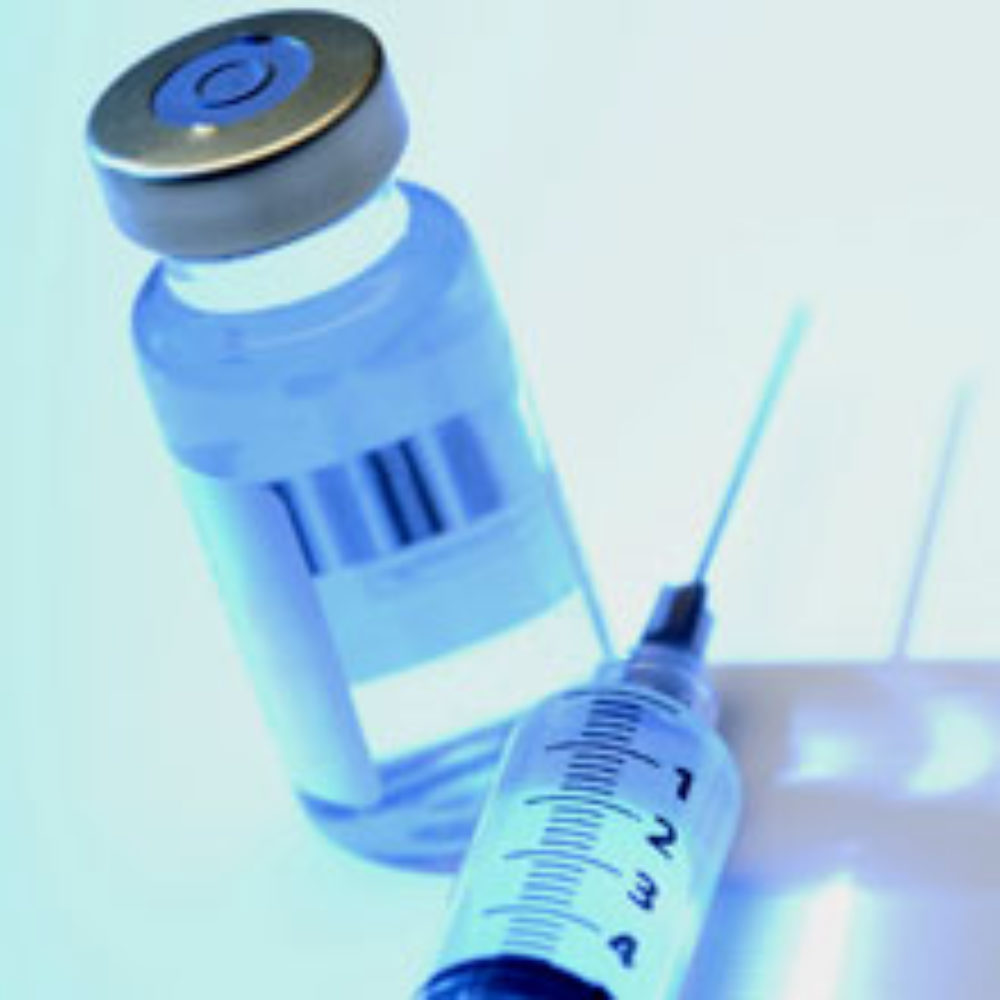Heparin Label Update Aims to Clarify Dosage Strength

Federal drug regulators have ordered a warning label update for the blood thinner heparin, which is designed to better explain the drug’s dosage strengths.
The FDA issued a drug safety communication on December 6, indicating that label changes will affect Heparain Lock Flush Solution, USP and Heparin Sodium Injection, USP.
The medications will be required to clearly stat the strength of the entire container, in addition to how much of the drug’s active ingredient is in a 1 milliliter (mL) dose.

Did You Know?
Millions of Philips CPAP Machines Recalled
Philips DreamStation, CPAP and BiPAP machines sold in recent years may pose a risk of cancer, lung damage and other injuries.
Learn MoreThe dosage strength on the old labels simply read: 5,000 USP units per mL. But the updated labels will read: 50,000 USP units per 10 mL (5,000 USP units per mL).
The FDA says the new labels will “eliminate the need for health care professionals to calculate the total amount of heparin medication in a product containing more than 1 mL, thereby reducing the risk of miscalculations that may result in medication errors.”
Concerns began surfacing about risks associated with heparin dosage labels in 2009. Manufacturers are required to have the new labels in place by May 1, 2013.
Get more articles like this sent directly to your inbox.
"*" indicates required fields





0 Comments